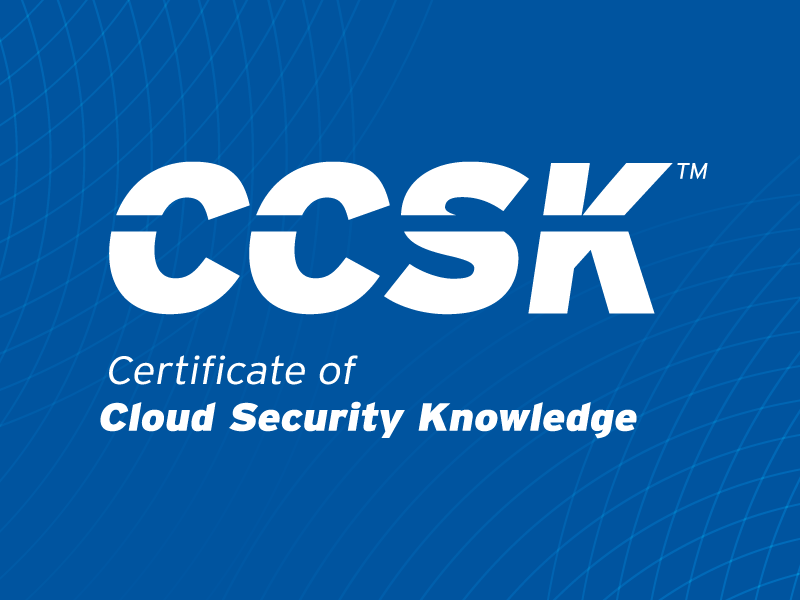Closing the Blind Spot in Enterprise DNS Security: Why DNS Posture Management Matters
Published 06/12/2025
As enterprise security teams work to protect sprawling multi-cloud environments, one foundational layer remains dangerously underprotected: the Domain Name System (DNS).
DNS is the backbone of modern digital infrastructure—translating domain names into IP addresses and routing traffic between users, applications, and services. Despite this critical role, DNS is often the least monitored and most overlooked layer of cloud and network security.
The Missing Layer in Your Cloud Security Strategy
While most security strategies focus on applications, endpoints, and infrastructure, DNS is frequently left out of visibility and compliance planning. Without DNS oversight, attackers can exploit misconfigured records, reroute traffic, spoof brands, or tunnel data—all while evading traditional security alerts.
This blind spot exposes enterprises to a range of growing threats.
Today’s DNS Threat Landscape
The DNS layer is increasingly a target for attackers, particularly in fragmented, multi-cloud environments. Some of the most pressing threats include:
- DNS Tunneling: Covert exfiltration of data through DNS queries and responses.
- DDoS Attacks: Targeting DNS servers to disrupt application availability and uptime.
- DNS Spoofing & Cache Poisoning: Redirecting users to malicious domains via manipulated DNS responses.
- Typo-squatting & Brand Impersonation: Registering lookalike domains to deceive users and harvest credentials.
These attacks often go undetected in environments without consistent DNS visibility and security configuration management.
What Is DNS Posture Management?
DNS Posture Management (DNSPM) is a security practice that provides real-time visibility, configuration validation, threat monitoring, and compliance enforcement across DNS assets. It is particularly useful in multi-cloud and hybrid environments where DNS zones, records, and certificates are distributed across different providers and tools.
DNSPM helps organizations:
- Gain Unified Visibility: View all DNS assets—domains, subdomains, record types, and certificates—across providers like AWS Route 53, Azure DNS, Google Cloud DNS, and Cloudflare in a single dashboard.
- Detect Misconfigurations in Real Time: Continuously scan DNS records (A, CNAME, MX, TXT, etc.) for errors that could expose data or disrupt services.
- Prevent Phishing and Brand Abuse: Identify and alert on lookalike and typo-squatted domains that mimic legitimate brands to conduct phishing campaigns.
- Monitor Certificate Posture & PQC Readiness:
- Flag expired, unauthorized, or misconfigured SSL/TLS certificates.
- Detect weak cryptographic algorithms or keys.
- Track readiness for post-quantum cryptography (PQC) standards and identify certificates that may be vulnerable in a post-quantum world.
- Enable Drift Detection & Audit Trails: Record all DNS changes—who made them, when, and where—for forensic investigations, compliance audits, and operational transparency.
Why It Matters for Cloud Security and Compliance
DNSPM is not just about better monitoring—it’s about closing a critical gap in enterprise security architecture. When implemented effectively, DNS posture management:
- Reduces risk from misconfigurations and unauthorized DNS changes.
- Enhances detection and response for DNS-based threats.
- Supports compliance with frameworks like HIPAA, PCI DSS, NIST, and ISO.
- Protects organizational reputation by mitigating downtime and impersonation risks.
Visibility Is the First Step Toward DNS Security
You can’t protect what you can’t see—and DNS has remained a blind spot for too long. As threats evolve and infrastructures become more complex, DNS security must become a proactive part of every organization’s cloud and network defense strategy.
By incorporating DNS posture management into existing security programs, enterprises gain the clarity, control, and confidence needed to secure one of the most essential—and most targeted—layers of their digital infrastructure.
About the Author
Derek Hammack is a multi-disciplinary cybersecurity professional with a background spanning engineering, communications, analytics, and strategic leadership. With experience across government and private sectors—including work in cloud architecture, SaaS security, and cross-functional program management—he brings a systems-thinking approach to solving complex challenges. Derek is passionate about helping organizations stay ahead of evolving threats through proactive posture management and modern security solutions.
Unlock Cloud Security Insights
Subscribe to our newsletter for the latest expert trends and updates
Related Articles:
Closing the Cloud Forensics and Incident Response Skills Gap
Published: 12/16/2025
Understanding the DoD’s New Cyber Security Risk Management Construct (CSRMC)
Published: 12/15/2025
Beyond Workday: Why Socially Engineered SaaS Breaches Are Spreading
Published: 12/15/2025





.png)
.jpeg)
.jpeg)
.jpeg)
.jpeg)